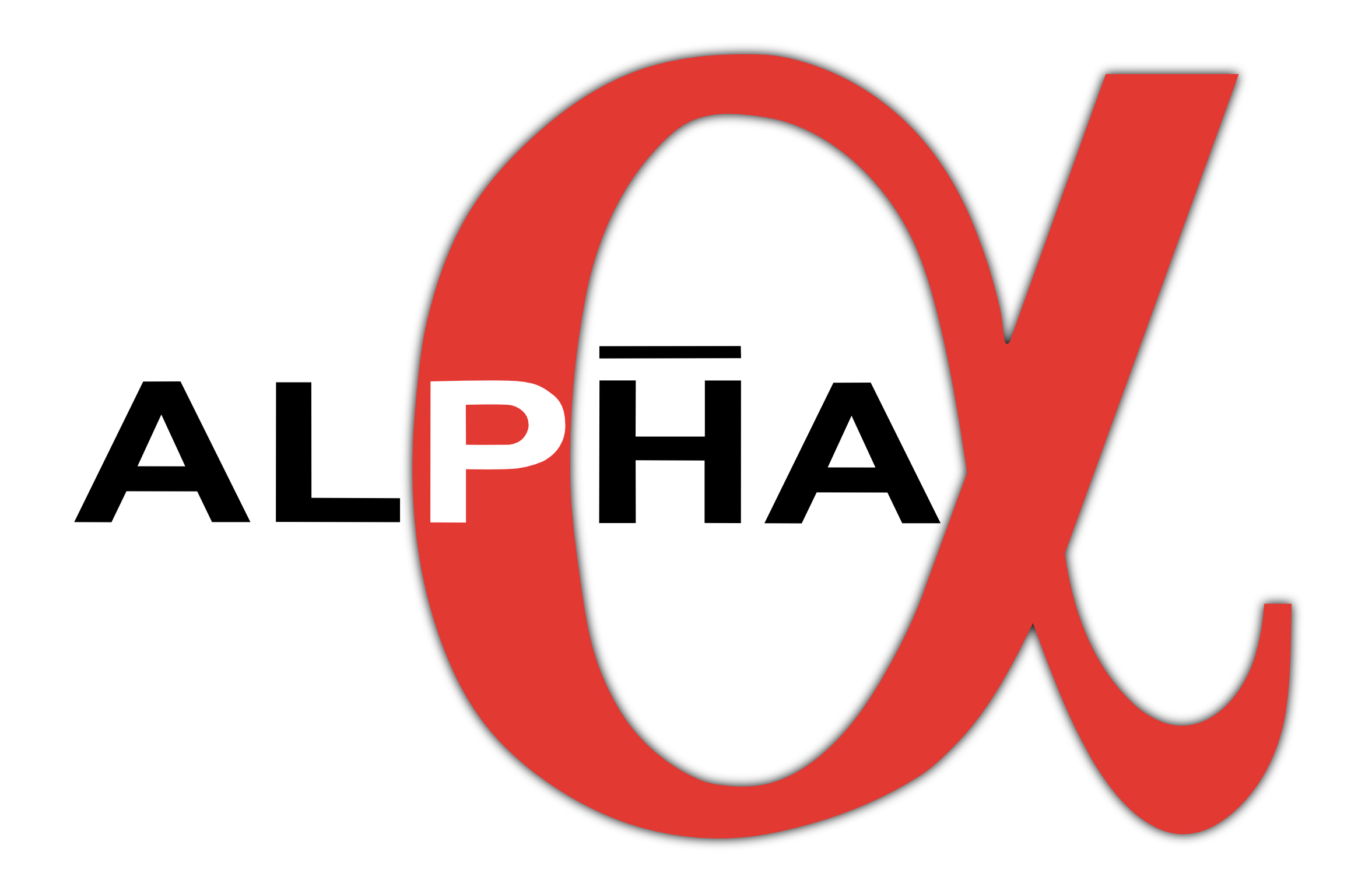One of the best ways to study antimatter is to investigate antihydrogen, the bound state of an antiproton and a positron. Antihydrogen atoms do not exist naturally and must be synthesized in the lab by merging carefully-prepared plasmas of positrons and antiprotons. If the atoms are created in a magnetic trap like the one used by the ALPHA experiment at CERN, then a fraction of the coldest atoms remain trapped, while the rest escape and annihilate on the trap walls. The trapped atoms may then be probed using microwaves or lasers to make high-precision comparisons with hydrogen.
Increasing the trapping rate would allow us to perform precision measurements on antihydrogen in a shorter period of time and with better systematics. Particle simulations indicate that by sympathetically cooling positrons using laser-cooled beryllium ions, we have the ability to improve the antihydrogen trapping rate by up to two orders of magnitude. This thesis describes the effort to design and qualify a beryllium ion source that is compatible with the extreme environment of the ALPHA trapping apparatus. To produce the ions, pulsed laser ablation of a beryllium target is investigated and the ion plume is characterized. By carefully choosing the laser parameters, a plume with a suitable number of ions and kinetic energy distribution can be created for subsequent trapping and laser-cooling in a Penning trap. This thesis reports the successful demonstration of the ion source, in particular its compatibility with the requirements of the ALPHA experiment. The ion source has been installed into the main apparatus at ALPHA and is expected to be commissioned early next year.
Muhammed Sameed
